How IDT became a Genomics Advocate
Hear about IDT’s genesis from our founder, Dr Joseph Walder
WATCH NOWWHAT IS AN ADVOCATE?
The language of science is universal and so is the language of advocacy. Scientists around the globe are developing novel tools to fuel, feed, and heal our world. These are Genomics Advocates. You may already be one. Are you doing any of the following?
Developing new tools and technologies to advance science
Exploring new ways to foster sustainability in agriculture, environment, biodiversity, and more
Expanding the possibilities of medicine to improve human health
We want to connect with genomics advocates wherever they can be found. We want to share the many ways your research is improving our world.
OUR 30 YEARS OF ADVOCACY
Genomics Advocates come in many forms—some discover, some invent, and others work to make science accessible. But each advocate begins their journey with the same question: How can I make a positive impact? Let us take a look back at how the genomics community, its individuals, and IDT have answered that question throughout history:
—You may scroll using the arrow keys or by mouse click—
-
The sequence of life
1977In 1977, Fredrick Sanger and his team were the first to reveal the order of bases for a full genome—that of a virus with about 5,000 nucleotides. The technique used to make the discovery, Sanger sequencing, would become the default method for determining DNA base order for the next few decades, sparking genomics inquiry into everything from food safety to medicine to biodiversity.
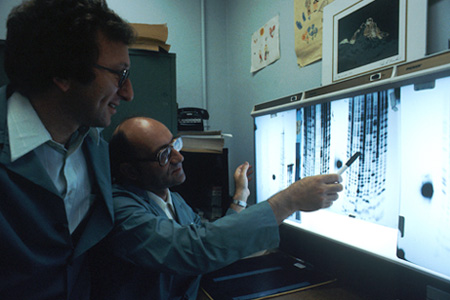
-
The first synthesis of an artificial gene
1979In the 1970s, H. Gobind Khorana knew that new areas of inquiry could emerge if research was not limited to naturally isolated nucleic acids. Khorana—along with an army of post-docs—first succeeded in creating a small, 126-base synthetic gene using a mix of chemical and enzymatic methods in a process that took a painstaking six months. A few years later, Robert Bruce Merrifield and Robert Letsinger stepped in with efficiencies to optimize and shorten the process, creating the synthesis chemistry we still use today (Our founder, Dr Joseph Walder, had the opportunity to work in Letsinger’s lab!).
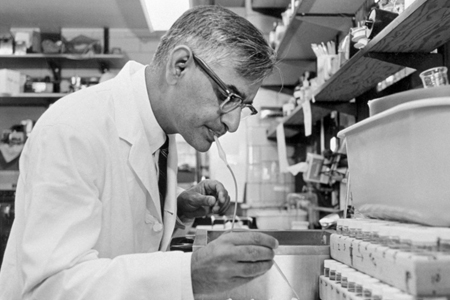
-
The synthesis expansion
1982By 1982, all necessary technologies for instrument-based synthesis had fallen into place and the first prototype oligonucleotide synthesis machines were built. Over time, synthesizers appeared in individual labs, and eventually they were consolidated to university core labs. IDT founder Dr Joseph Walder established one such core lab at the University of Iowa.
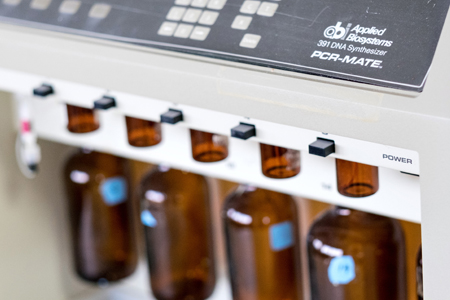
-
Conjuring molecular copies
1983In 1983, Kary Mullis was attempting to improve the ability to study mutations present in genomic DNA and tried doing bi-directional primer extension. On a winding stretch of California highway, Mullis came up with the concept behind the polymerase chain reaction (PCR) technique, an oligo-intensive amplification process. Now a cornerstone of modern molecular biology, this technique enabled the detection of small amounts of DNA or RNA, forever transforming genomics.
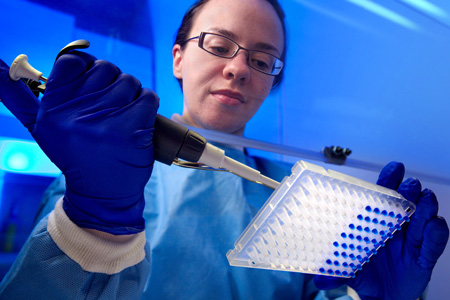
-
Oligos for diagnostics
1987In 1987, Dr Walder began IDT with a question: What was the best way to continue the science advocacy he had begun during his research years? IDT was founded as a contract research organization doing R&D for Baxter Healthcare on nucleic acid sequence detection methods relevant to clinical diagnostics, focusing on Dr Walder’s cycling probe technology (CPT) invention, which uses oligos.
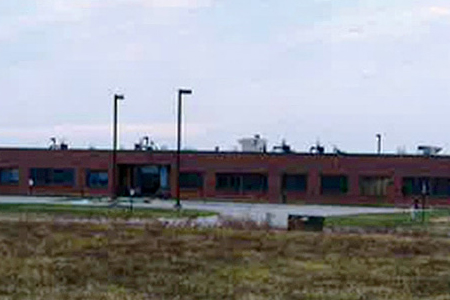
-
Oligos for all
1993While working with Baxter, Dr Walder realized that IDT could make oligos like no one else in the industry, with by far the most advanced synthesis, modification, purification, and quality control capabilities. If such oligos were made available to the entire research community, scientists would be able to make more discoveries, faster. By 1993, IDT opened its doors as an oligo source to the general market and has since been redefining oligo quality, delivery speed, and affordability for scientists.
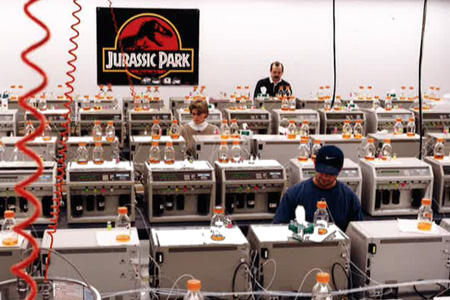
-
The new PCR era
1996By 1996, real-time PCR (qPCR) had been commercialized, and digital PCR (dPCR) was well on its way. Using fluorescence technologies, these quantitative methods enabled researchers to gain new insights into genotype and gene expression profiles, providing a better sense of cellular function and disease states. IDT’s PrimeTime® qPCR assay and mastermix products offer scientists more affordable and faster-delivery solutions.

-
The human genome revealed
2003In 2003, the Human Genome Project completed its ambitious quest to sequence the more than three billion base pairs that make up human DNA.
A boom of research ensued to understand the functions of thousands of newly discovered genes. Antisense technology, the subject of some of Dr Walder’s earliest research contributions from the late 1980s, played a significant role in understanding what these new genes do in our cells.
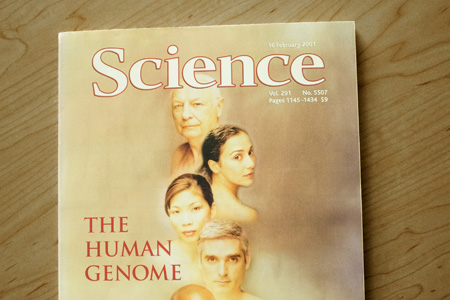
-
Sequencing evolves
2007In 2007, the commercialization of next-generation sequencing (NGS) ended the three-decade reign of Sanger sequencing. With its massively parallel methods, NGS reduced costs and increased sequencing speeds, helping to bring the $1000 genome within reach. Inspired by the potential of the technology—and especially its implications for advocates of personalized medicine—IDT expanded its focus from oligos to targeted NGS solutions. IDT’s xGen® Lockdown® NGS products would be recognized as the best-performing in the industry. IDT’s extensive overall custom oligo capabilities empower genomics laboratories to discover more with better-quality data, higher sample volume, and enhanced efficiency.

-
Leading industry standards
2007ISO 13485 certification and registration with FDA allows us to deliver oligos for diagnostic use. It’s also an important milestone proving IDT’s unprecedented manufacturing capabilities, built on our state-of-the-art facilities, processes and know-how. IDT has been providing industry leading OEM and GMP manufacturing services since its early days and enabling companies big or small to deliver solutions to the medical world.
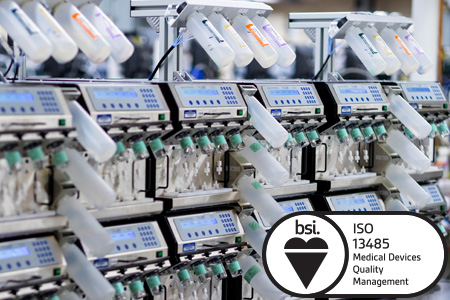
-
Fragments for the win
2012By 2012, gene synthesis had become a powerful tool in fields as diverse as vaccine design, molecular engineering, and gene therapy. But it was also a cumbersome and expensive process—until IDT introduced gBlocks® gene fragments that made it easier, faster, and more affordable to craft genes from scratch, which in turn drove advancement in novel medical therapeutic development, sustainable manufacturing, and humanitarian initiatives.
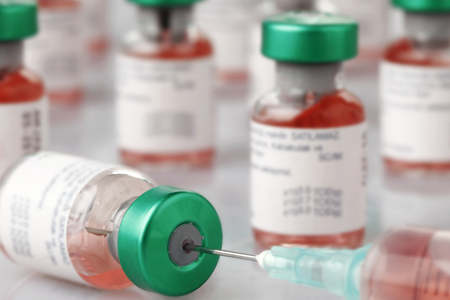
-
Leading CRISPR
2012In 2012, the CRISPR Cas9 system made world headlines as the most disruptive genomics technique since PCR. This technology made it possible to modify DNA in living cells, making functional genomics research much quicker and easier, and igniting bold new experimentation in areas like agriculture and gene therapy. At IDT, we once again turned our attention to ensuring that the latest genomics tool would be available to all. We engaged in extensive research to offer the Alt-R™ CRISPR system with the best chemistry in the industry—one that’s based on direct use of recombinant ribonucleoprotein (RNP) complexes instead of viral or other vectors, and that provides the best on-target efficiency and specificity.
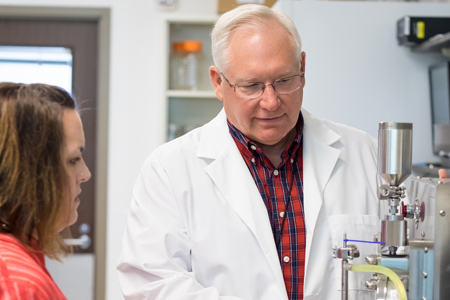
-
Life’s library
2015By 2015, the largest biodiversity genomics initiative had met its goal. The International Barcode of Life Project (iBOL) had succeeded in barcoding 500,000 species for its free digital DNA library that links genetic, structural, ecological, and geographical data. Along with developing fossil fuel alternatives and exploring beneficial, long-lost crop traits, iBOL would come to represent one way genomics advocacy had reached the environmental realm.
-
Sustaining sustainability
2015In 2015, it became clear that to sustain innovative genomics research that has the potential to impact global biodiversity, it would be necessary to recognize genomics advocates who are making that research happen. IDT established the annual Sustainability Award to celebrate and support researchers who are working to advance sustainability and better understand the environmental issues we face.

-
Today
2017In the 1980s, during PCR’s earliest days, Dr Walder envisioned that his research on RNase H as a specificity enhancer for PCR would one day be a game changer for that technology. Today, 30 years since IDT’s founding, RNase H-enhanced SNP genotyping has become a reality, providing outstanding performance and enabling challenging applications. New products using the technology to improve genotyping and multiplex sequencing are in the works.

-
The future
2017You have changed genomics through your vital basic research, intrepid innovation, agriculture advancement, environmental passion, commitment to human health, and relentless drive to make science more accessible. That’s the power of Genomics Advocacy. We hope you’ll share your Genomics Advocacy story with us.


ADVOCACY IN ACTION
Stratifying patients for targeted therapy through precision cancer medicine
Sameek Roychowdhury, MD, PhD, is an assistant professor of medical oncology at The Ohio State University Comprehensive Cancer Center (OSUCCC), where he also leads their precision cancer medicine program. Dr Roychowdhury focuses on the translation of basic research to patient care; i.e., a treatment goal. His research aims to develop novel molecular diagnostic tools to help guide the treatment of individual cancer patients. Specifically, he intends to match patients who have advanced cancer of any histology or tissue of origin with new, targeted therapies in clinical trials. Read the full article »
















